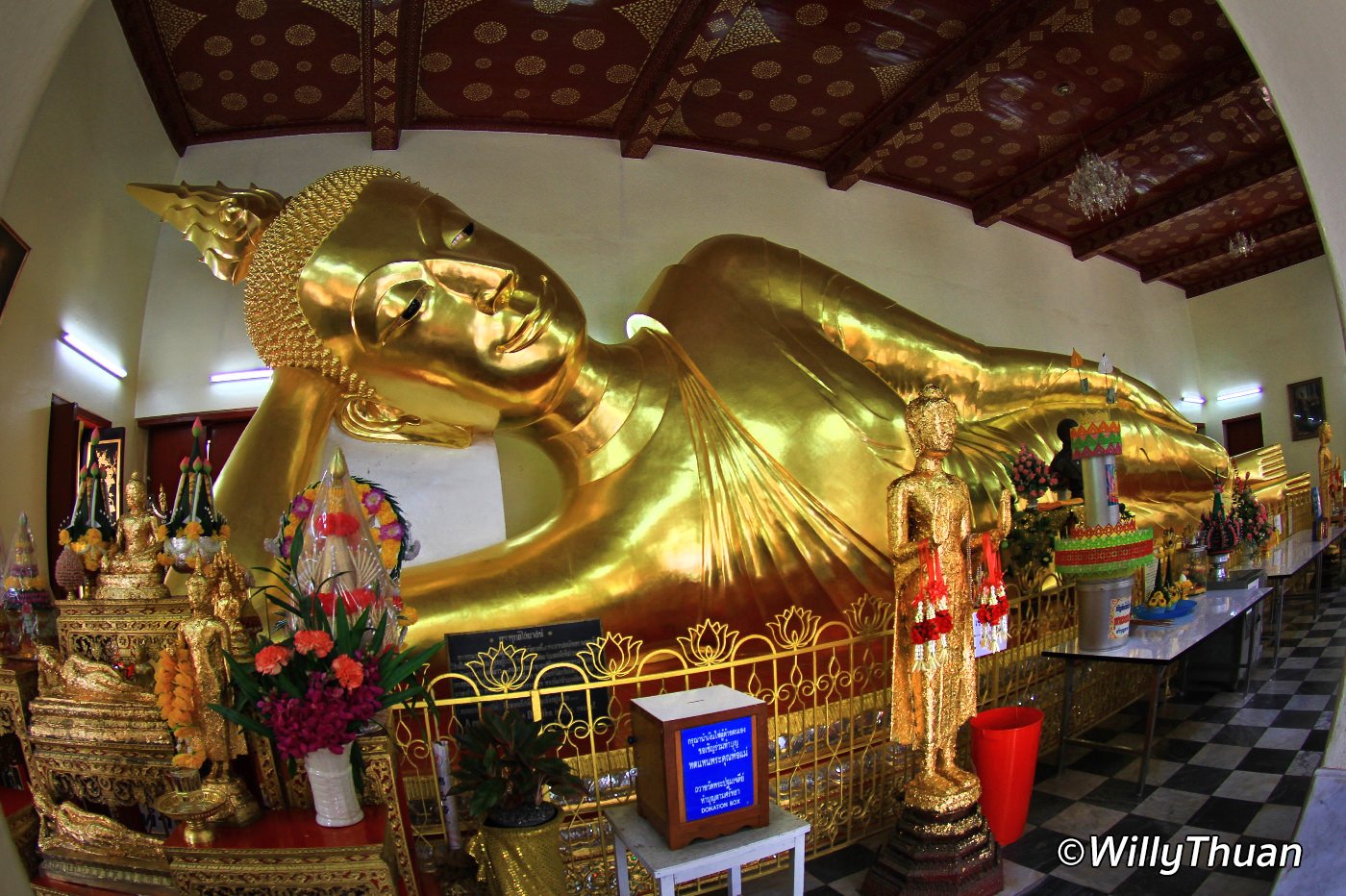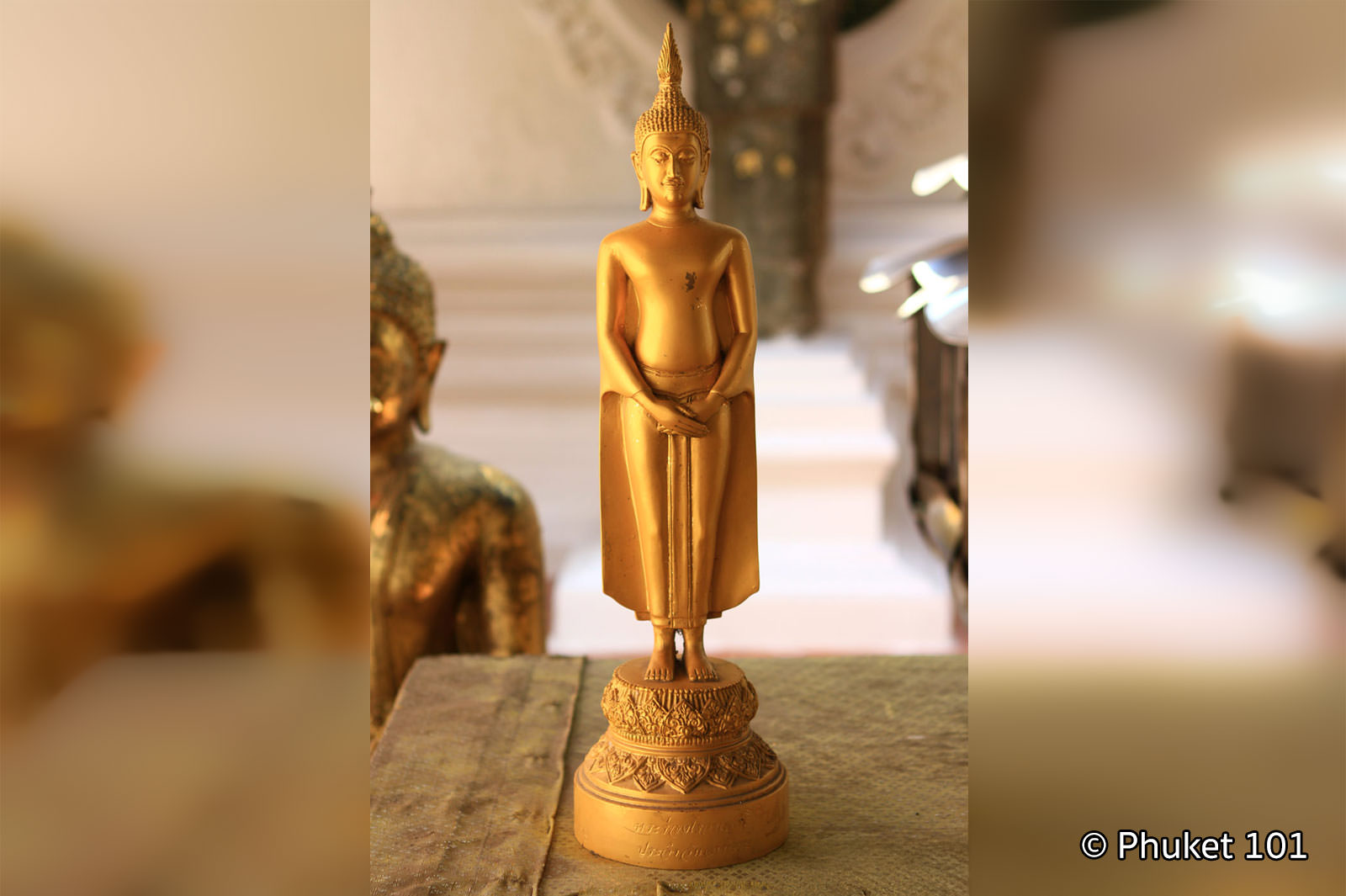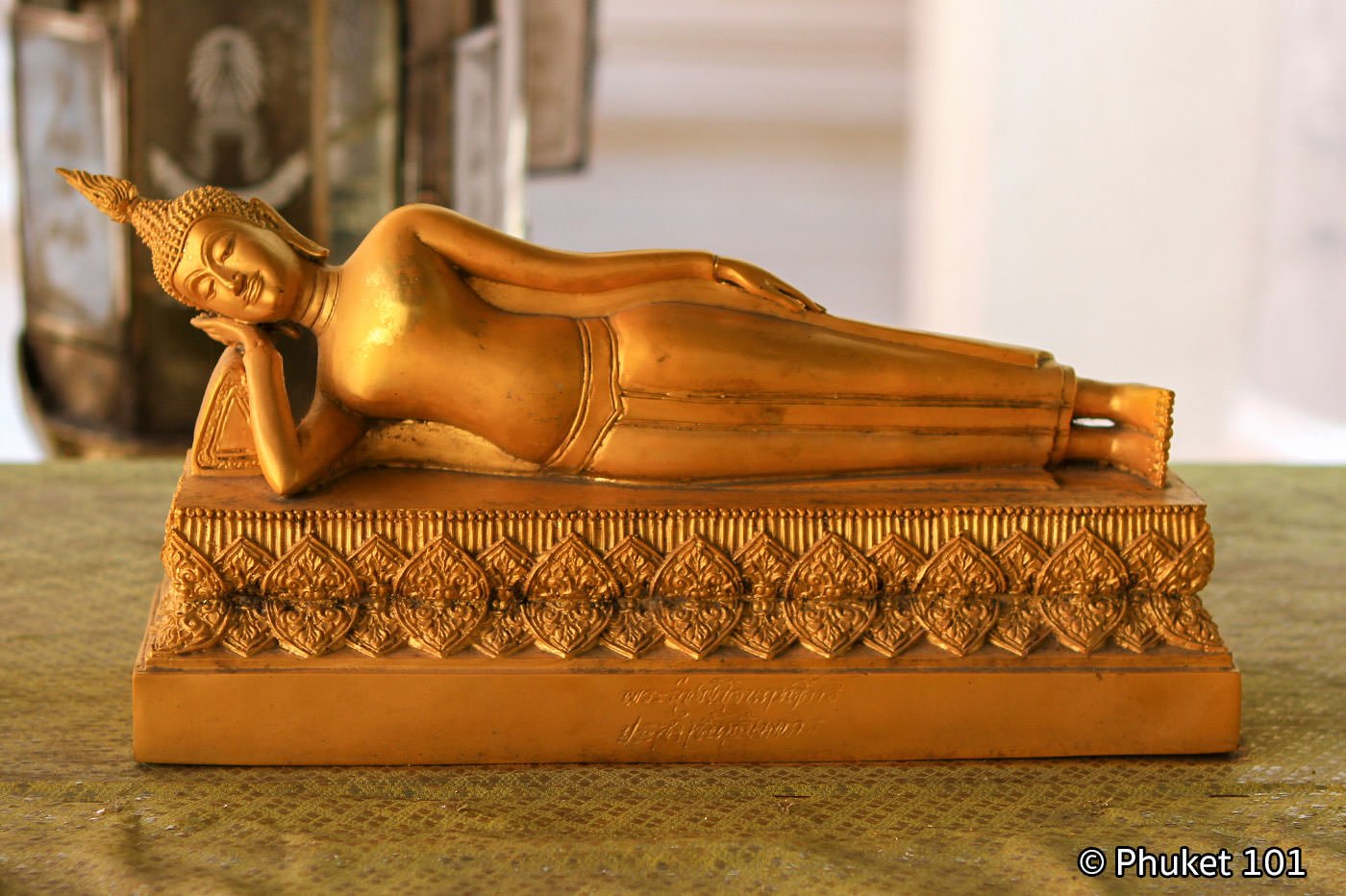The Monday posture shows the Buddha standing with his right hand raised at chest level, palm outward. It represents the moment he stopped a war between his relatives with wisdom and compassion.
The Story Behind the Pose
According to Buddhist tradition and commentaries, a severe drought lowered the waters of the Rohinī River. The Sākyans (the Buddha’s father’s clan) and the Koliyans (his mother’s clan) both depended on this river for irrigation. Words turned into threats, and threats turned into armed camps.
The Buddha stood between the two sides and asked a simple question: Which is more precious — the water you fight for, or the lives of your people?
His words cut through anger and pride. The armies put down their weapons, and peace was restored. This is why the Monday posture shows one raised hand: stopping harm without violence.
Historical Geography
The event is linked to the region of Kapilavatthu (near today’s Tilaurakot, Nepal), homeland of the Sākyans. The Rohinī River marked the boundary between the Sākyans and the Koliyans. While the exact location of the standoff is not archaeologically fixed, the setting reflects real life in the North Indian plains, where water rights meant survival.
What It Teaches
- Non-violence: True strength is the courage to prevent harm.
- Reconciliation: Listening and reframing can end conflicts.
- Clear priorities: People matter more than material gain.
Canonical note: The theme of non-violence is central to early Buddhist teachings. This specific river dispute story comes from later tradition/commentary, not from a primary sutta in the Pāli Canon.
Similar Poses (How to Tell Them Apart)
Because the raised-hand gesture appears in many Buddha images, Pang Ham Yati (Pacifying the Relatives) is the posture many people recall first. As a result, other poses are sometimes loosely identified the same way. Each has its own origin story and hand position:
Pang Ham Yati (ปางห้ามญาติ) — Monday
- Gesture: One right hand raised at chest level, palm outward.
- Meaning: The Buddha halts a war between the Sākyans and Koliyans at the Rohinī River.
- Key idea: Stopping conflict with wisdom and compassion.
Pang Ham Samut (ปางห้ามสมุทร) — “Pacifying the Ocean”
- Gesture: Two hands raised, both palms outward.
- Meaning: Later-tradition story of the Buddha halting a flood/sea (details vary).
- Key idea: Calming overwhelming forces; not the same event as Ham Yati.
Pang Prathan Phon (ปางประทานพร) — “Bestowing Blessings”
- Gesture: Left hand raised (palm outward); right hand often at the side or in a giving/resting pose.
- Meaning: The Buddha grants blessing or reassurance (iconographic variants exist).
- Key idea: A blessing posture; distinct from the peacekeeping story of Ham Yati.
Quick tip for travellers:
If only the right hand is raised, it is likely Ham Yati (Monday).
If both hands are raised, it is usually Ham Samut.
If the left hand is raised to bless, it is Prathan Phon.
Where to See This Posture
- Bangkok — Wat Benchamabophit (Marble Temple): The cloisters display classic Buddha images in many postures, including Monday’s Ham Yati.
- Phuket — Wat Chalong: Look for the seven-day-of-the-week Buddhas on the temple grounds; Monday’s image is easy to spot by the single raised right hand.
- Across Thailand: Many temples show all seven (or eight) day-of-week images together; Monday is marked clearly for offerings.
Quick Reference
- English name: Pacifying the Relatives
- Thai name: Pang Ham Yati (ปางห้ามญาติ)
- Pose: Standing; right hand raised, palm outward (reassurance/“stop”); left hand relaxed
- Theme: Non-violence, reconciliation, clear priorities
- Day of the week: Monday
Monday Birth Personality (Thai Belief)
Thai tradition links each weekday with certain traits and colours.
For those born on Monday:
- Traits: gentle, respectful, responsible
- Lucky day: Saturday
- Unlucky day: Sunday
- Lucky colour: Yellow (regional variations exist)
- Unlucky colour: Red (regional variations exist)
These beliefs are cultural, not canonical. Many Thais enjoy them as part of everyday customs.
Reflection
The Monday posture reminds us to choose people over pride and peace over anger. One raised hand is enough to stop harm when it is lifted with clarity and compassion.




